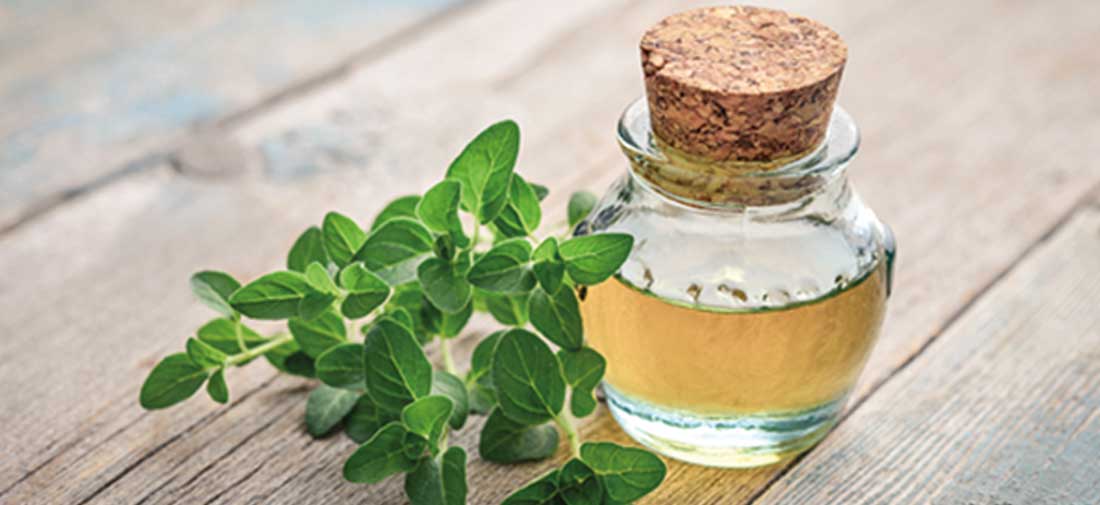When quality matters
The use of phytogenics in animal nutrition has increased exponentially over the past few years.
Phytogenics, which are derived from herbs, spices or other plants, are a group of natural growth promoters or non-antibiotic growth promoters used as feed additives.
Feed Laws and restrictions on using antibiotics in many countries have accentuated the use of these compounds in feed and water, as they are highly effective in terms of animal health.
However: how much do we really know about the phytogenics we give to livestock?
First of all, we need to identify the different groups of phytogenics. They can be classified according to the active ingredients they contain (flavonoids, tannins, saponins), the part of the plant they originate from, or the process by which they are extracted from the plant of origin.
Following classification, we can then identify the essential oils in a group of phytogenics through distillation by using their high fat solubility properties. It’s important to remember here that not all the essential oils extracted from a certain plant are the same.
Firstly, we have to be aware that these essential oils are composed of different flavouring compounds. To find out the purity of an essential oil, we have to distill it to determine the purity of flavouring compounds of the mixture. Secondly, these compounds may vary depending on the location of the plant, the harvesting season, or other external factors like the weather during growth of the plant or the exposure to insects, bacteria or fungi. So, why does this happen? Plants produce substances to protect themselves against environmental factors, such as heat, cold, humidity, drought, and pathogens. Depending on these environmental conditions, the substances that a plant produces may vary. This is called phytogenic polymorphism.
Due to this phytogenic polymorphism, it is important to carry out an exhaustive analysis on the raw materials used in a certain product, as the concentration of compounds may vary and there are some compounds that are fundamental for the action of an essential oil. Various lab methods can be used to separate an essential oil into its different compounds, following which we can determine the active compounds for each essential oil. MIAVIT only accepts essential oils with a certain concentration of active compounds. This allows us to guarantee the quality of our finished products.
MIAVIT is currently presenting a new product, Miarom Intest, in two different versions (liquid and coated). Miarom Intest is based on various essential oils, including caraway, anise, chamomile, ginger cinnamon and oregano.
